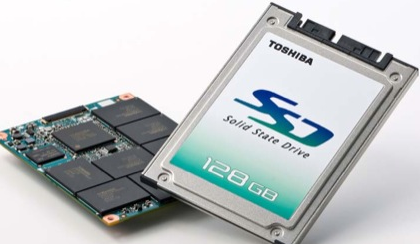Since solid state drive (SSD) provides amazing read and write speed, more and more computer users hope to run Windows on SSD. There are 2 ways to achieve the goal: make a fresh installation on SSD and move current Windows to SSD. If you have enough time to do the installation, the first option is definitely a good choice. However, if you don’t want to waste your precious time, just transfer Windows to SSD. We believe most people would know how to install Windows so here we just show users steps to migrate Windows 7 to SSD.
run Windows on SSD. There are 2 ways to achieve the goal: make a fresh installation on SSD and move current Windows to SSD. If you have enough time to do the installation, the first option is definitely a good choice. However, if you don’t want to waste your precious time, just transfer Windows to SSD. We believe most people would know how to install Windows so here we just show users steps to migrate Windows 7 to SSD.
How to Move Windows 7 to SSD
Step 1: download a piece of professional system migration software from the internet.
Searching system migration program on the internet, we will receive lots of results so that many users do not know which one to choose. Here, we suggest using MiniTool Partition Wizard. There are 3 reasons for recommending the program:
1. It is a piece of freeware for Windows non-server users.
2. It is capable of fixing and updating boot information on the SSD so that the migrated Windows is always bootable.
3. Detailed instructions are given in every step so that users can master the program with ease.
Step 2: start and launch the program to get its main interface after it has been installed successfully.

Step 3: choose the function “Migrate OS to SSD/HD Wizard” from the left side.

Step 4: select the SSD to migrate Windows 7 to and click “Next>”. Then, change partition size and location on the SSD and click “Next>” to get a boot note below:

Step 5: read the boot note carefully and click “Finish” to go back to the main interface.

Step 6: click “Apply” button on the top to make all changes performed. However, MiniTool Partition Wizard will ask users to restart computer after they click “Apply” button, because the Windows they are moving is loaded now. Just click “Start Now”, and then all operations will be done in boot mode. For more detailed steps, please see Migrate OS to SSD/HD.
Tip: the “Migrate OS to SSD/HD Wizard” function can only move the Windows OS which is running, so users need to start the correct system if there is more than one operating system.
